Festivals in China are celebrated year-round, bringing joy, colour, and tradition to every corner. These vibrant events are filled with food, music, rituals, and cultural performances. Rooted in mythology, history, and community values, they reflect the country’s rich diversity. From seasonal festivals to ancestral tributes, each region adds its own unique flavour. With traditional games and delicacies, festivals in China offer a truly authentic and unforgettable cultural experience worth exploring on any visit.
A Guide To 10 Enthralling Major Festivals In China
If you are keen on planning a trip to China, you might as well consider these festival timings to sync your holiday.
1. Chinese New Year
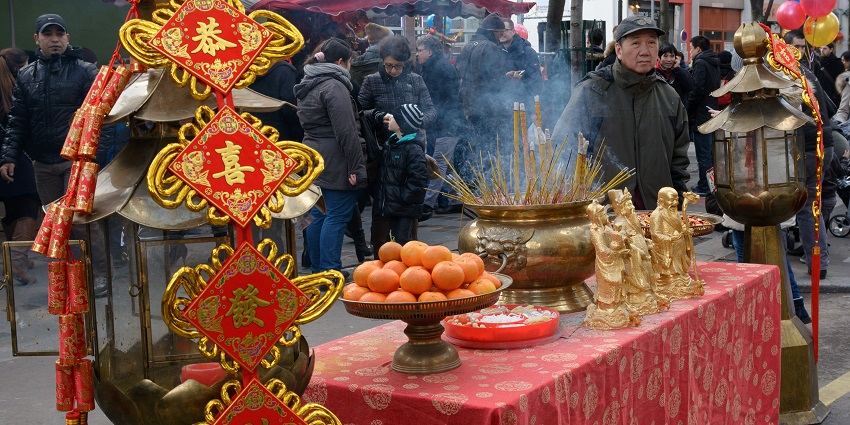
Photo: Myrabella / Wikimedia Commons / Image For Representation Only
The Chinese New Year, also called the Spring Festival, begins on the new moon of the lunisolar Chinese calendar and lasts for 16 days. It marks the start of the lunar year and is believed to bring good luck and prosperity. Families celebrate with fireworks, dragon dances, and traditions like wearing new clothes and giving red envelopes filled with money to children. Popular festive foods include whole fish, noodles, rice, spring rolls, and cake, all symbolising good fortune.
Location: Beijing
2. Dragon Boat Festival
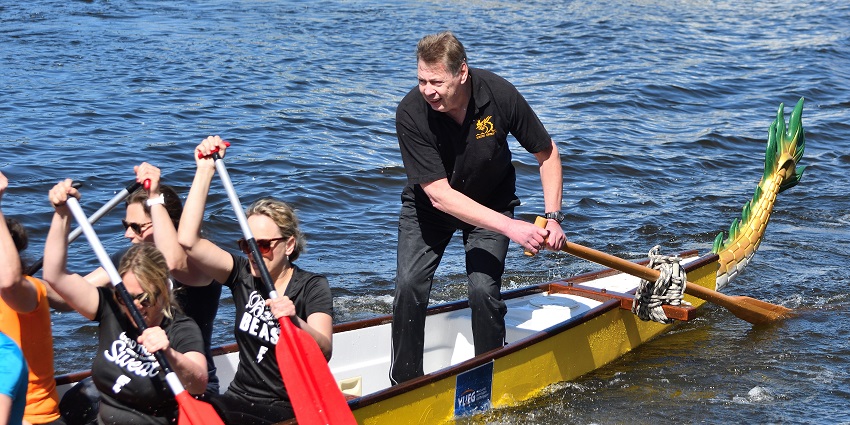
Photo: Rene Cortin / Wikimedia Commons
The Dragon Boat Festival, also known as Duanwu, is one of China’s most colourful celebrations. Held on the fifth day of the fifth lunar month, it honours the poet Qu Yuan, who drowned himself in the Miluo River. The highlight is the thrilling dragon boat races that bring communities together. People also prepare Zongzi, sticky rice dumplings wrapped in leaves, as a tribute. Across China and in Chinese communities worldwide, the festival features dancing, traditions, and hopes for good fortune.
Location: Guizhou, Yueyang
3. Qingming Festival
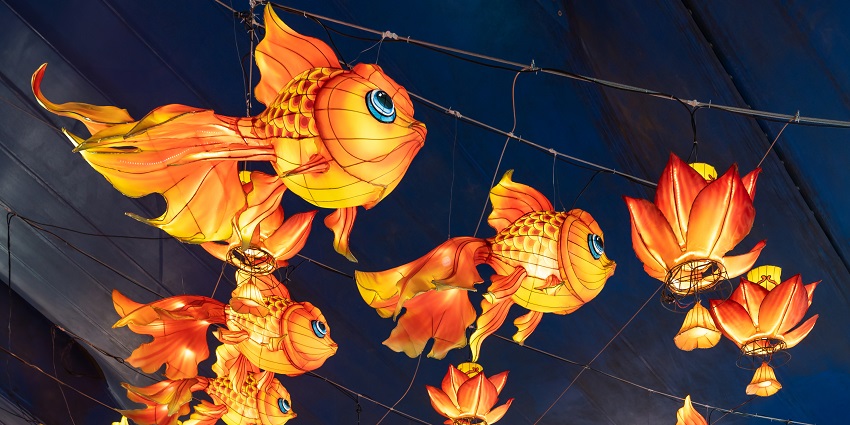
Photo: Rjcastillo / Wikimedia Commons / Image For Representation Only
The Qingming Festival, also called Tomb Sweeping Day, is a time to honour ancestors before spring fully begins. Families visit graves to clean them, repaint faded inscriptions, and leave offerings like food, incense, and joss paper. Dishes served are a mix of hot and cold, shared in remembrance. Willow branches are often placed on graves or worn to keep away evil spirits. Held in early April, around 15 days after the Spring Equinox, the festival is marked by a one-day public holiday.
Location: China National Botanical Garden, Jiuzhaigou Valley in Sichuan province
4. Winter Solstice Festival
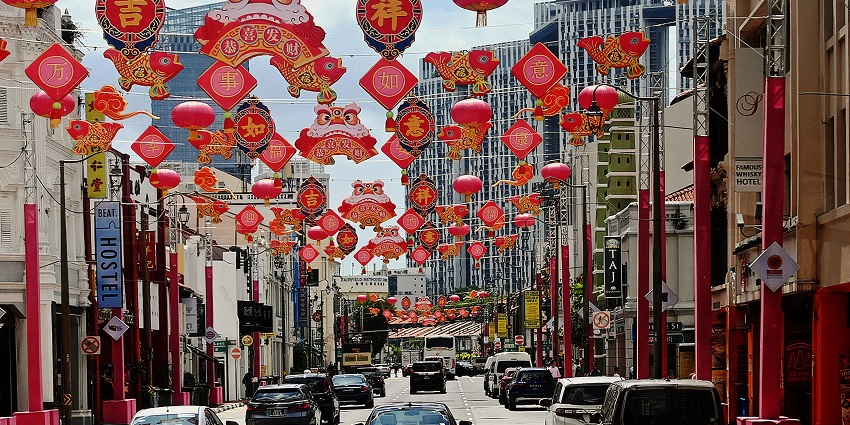
Photo: Choo Yut Shing / Wikimedia Commons / Image For Representation Only
Dongzhi in China is a beautiful winter festival that brings families together through food, tradition, and remembrance. It marks the end of the harvest and the start of a restful time before spring. Families visit ancestral graves, burn incense, and offer dishes like steamed chicken, dumplings, and pork at home altars. Many also gather at temples to honour ancestors. It’s also believed that the Kitchen Gods report to the Jade Emperor, making this a time for reflection, and hearty meals.
Location: Xinzhou in the Henan province
5. Lantern Festival
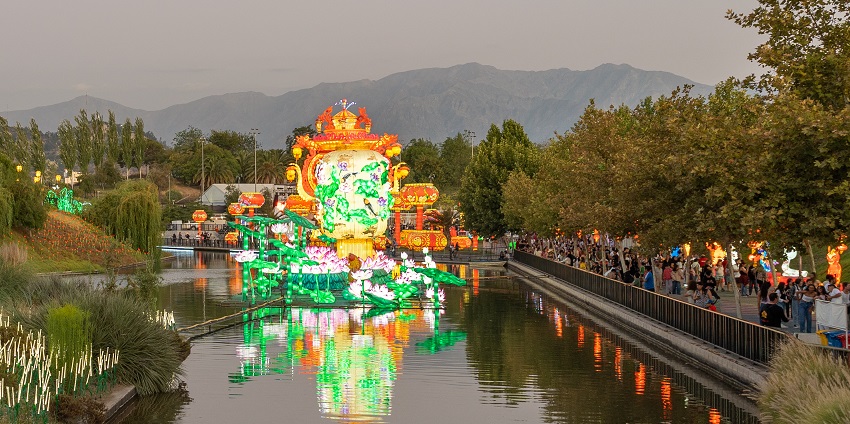
Photo: Rjcastillo / Wikimedia Commons / Image For Representation Only
The Lantern Festival, or Yuanxiao Festival, is celebrated on the fifteenth day of the first lunar month, marking the end of the New Year festivities. Colourful lanterns light up the sky, often decorated with animal, flower, or mythical designs. Streets come alive with lively parades, games, and dance performances. Families enjoy traditional dishes like tangyuan, sweet glutinous rice balls that symbolise harmony and togetherness. The celebration brings warmth and joy, with the country glowing in its most festive and vibrant look.
Location: Nanjing, near the Confucius Temple
6. Laba Festival
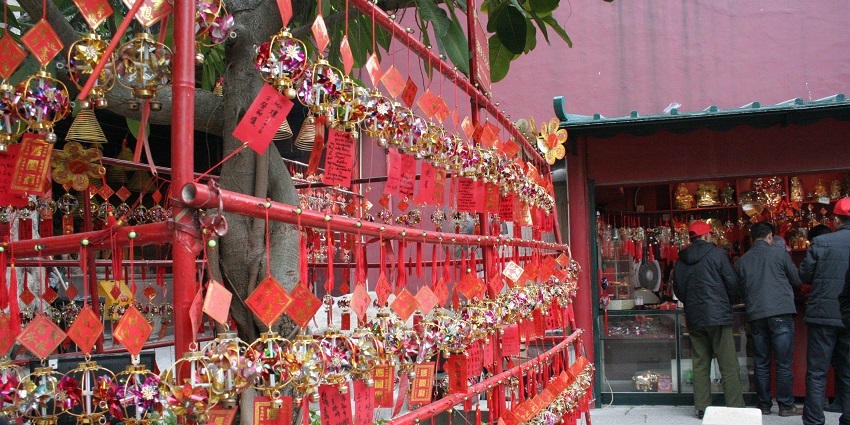
Photo: Santosdo / Wikimedia Commons / Image For Representation Only
The Laba Festival is celebrated on the eighth day of the twelfth lunar month and marks the beginning of the New Year spirit in China. Deeply rooted in Buddhist traditions, the highlight of the festival is the “eight-treasure congee”, made with eight nutritious ingredients. People also engage in charitable acts, like sharing congee with those in need. The day brings families together and encourages cultural bonding. Colourful folk markets pop up in many areas, adding a joyful buzz to the celebrations.
Location: Wenshu Monastery, Yonghe Temple
7. Mid-Autumn Festival

Photo: Rjcastillo / Wikimedia Commons / Image For Representation Only
The Mid-Autumn Festival is a traditional harvest celebration held between mid-September and early October, under the full moon. Families come together to share mooncakes, made with lotus seed paste in the Cantonese style. The round moon symbolises unity and harmony, making it a time for family bonding. People exchange gifts, prepare snacks, and decorate streets with colourful lanterns. Along with mooncakes, fruits like pomegranates, peaches, apples, and grapes are enjoyed. It’s a warm, joyful festival rooted in centuries-old traditions.
Location: Tiananmen Square, Jade Flower Island, Chanba Ecological District
8. Chongyang
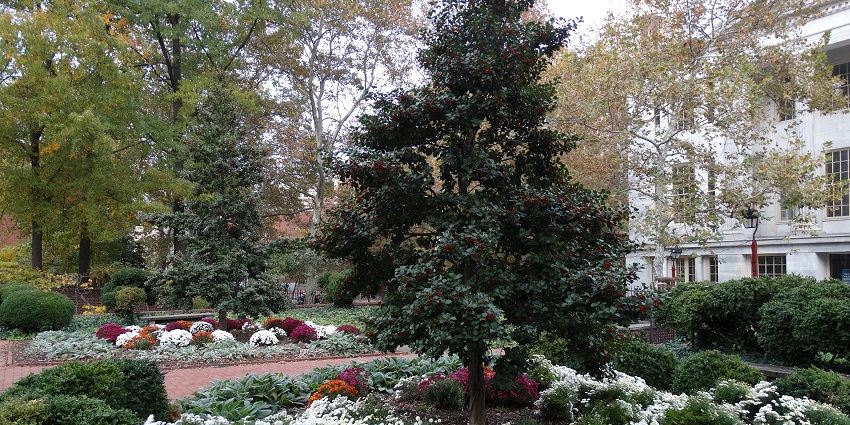
Photo: NPS photo / Wikimedia Commons / Image For Representation Only
Chongyang, also called the Double Ninth Festival, falls on the ninth day of the ninth lunar month. It’s a traditional Chinese celebration with both old and new customs. People enjoy hiking, buying chrysanthemums, and admiring the bright flowers around the streets. Chrysanthemum wine is sipped, and special Chongyang cakes topped with chestnuts, almonds, and jujubes are made at home. Streets come alive with red lanterns, festive calligraphy, and flowers, making neighbourhoods look especially cheerful in the days before the festival.
Location: Beijing
9. Chūn Jié
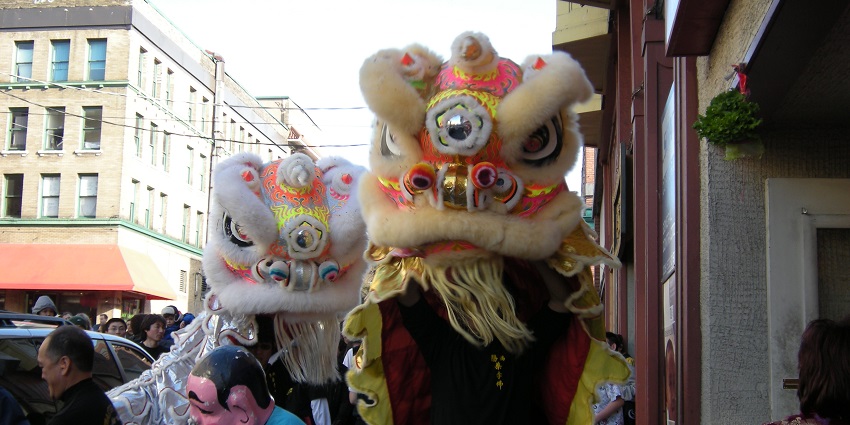
Photo: Joe Mabel / Wikimedia Commons / Image For Representation Only
Chūn Jié, or Chinese New Year, is a major spring festival celebrated across China between late January and mid-February. It’s now recognised by UNESCO as part of the Intangible Cultural Heritage of Humanity. Families prepare symbolic dishes like whole fish, longevity noodles, and sweet rice balls. The festival is marked by lion dances, red lanterns, fireworks, and lively temple fairs. Visitors can enjoy puppet shows, food stalls, and martial arts, making it a joyful and memorable celebration for all.
Location: Shanghai, Chengdu, Xi’an
10. Hungry Ghost Festival
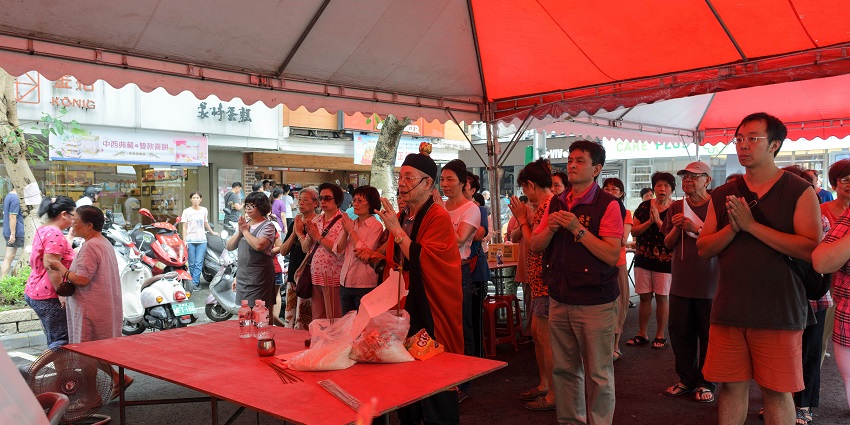
Photo: 玄史生 / Wikimedia Commons / Image For Representation Only
The Zhongyuan Festival honours and appeases the spirits of the deceased, celebrated on the fifteenth day of the seventh lunar month. Believed to be a time when spirits roam the earth, the festival includes offerings of food, with traditional dishes like huat kueh and ang ku kueh. Lotus-shaped lanterns light up the night sky, guiding spirits back to their realm. Street performances, including Teochew, Hokkien, and Cantonese opera, along with Getai dramas, songs, and dance, are central to the celebration.
Location: White Cloud Temple of Beijing, Guangzhou
Chinese festivals are filled with puppet shows, riddles, boat races, Chinese opera, traditional food, lanterns, art, theatre, and vibrant lights. They showcase China’s rich culture, vast geography, and deep spirituality. Visiting China during these celebrations is an unforgettable experience. Let TripXL be your trusted travel companion as you immerse yourself in the festive spirit and beauty of China
Cover Photo: Aaaatu / Wikimedia Commons / Image For Representation Only


 WhatsApp
WhatsApp
 Twitter
Twitter









